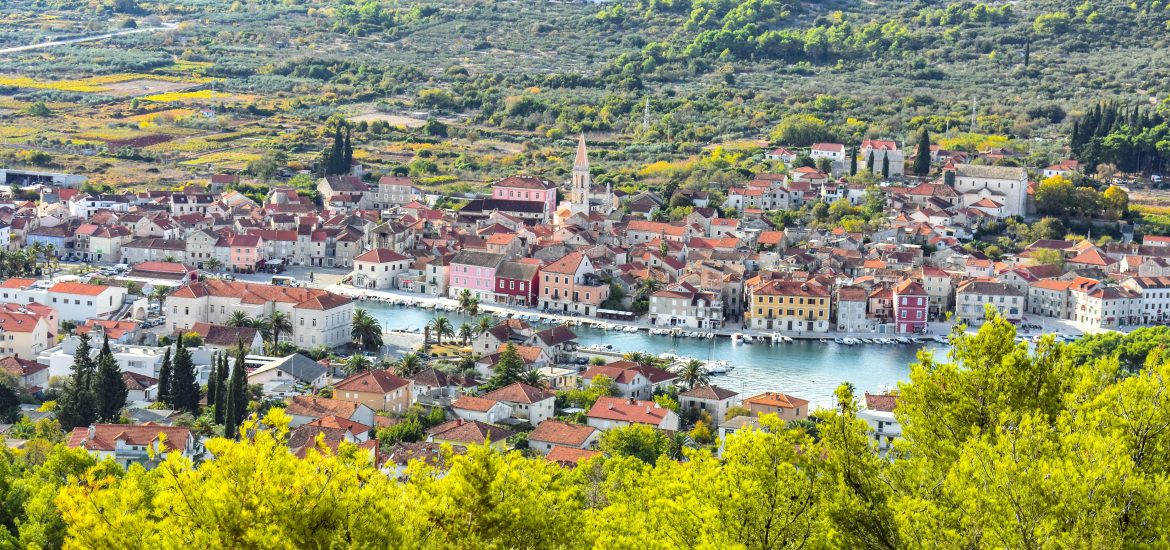This is part of a series of posts dedicated to the exploration of Swiss Tectonic Arena Sardona, a UNESCO World Heritage site covering an entire area of 32,850 ha. The next few paragraphs will be about the site’s universal value (the reason why it is inscribed on the World Heritage list) and a brief introduction to various […]
Swiss Tectonic Arena Sardona – from Naraus to Alp Nagens via Segneshütte









